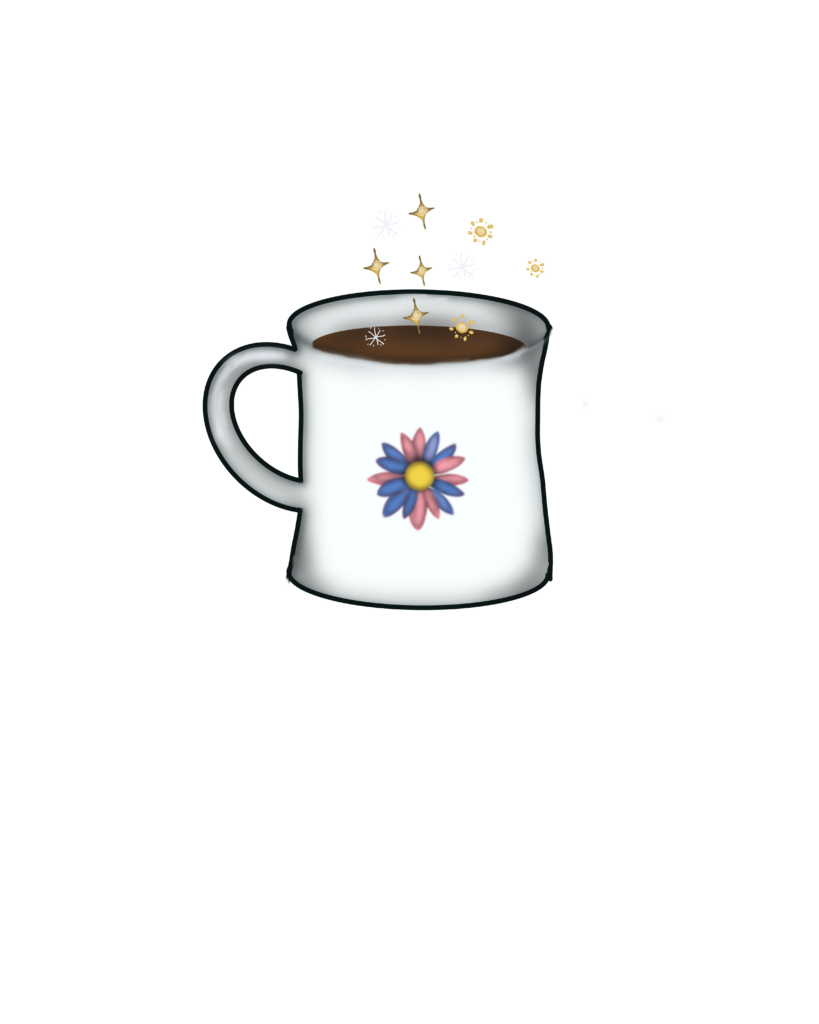By Eliana Bonaguro, LMHC, CCPT
Obsessive-Compulsive Disorder (OCD) is a complex mental health condition that affects millions worldwide. Characterized by persistent unwanted thoughts (obsessions) and repetitive behaviors (compulsions), OCD can significantly disrupt daily life. This article delves into the symptoms, causes, and effective treatment options available for managing OCD, providing insights and support for those affected.
We’ve all heard someone casually say, “I’m so OCD about my kitchen” or “I have OCD when it comes to organizing.” But as a licensed mental health counselor specializing in anxiety and OCD, I can tell you — that’s not what OCD actually is.
Being tidy or particular isn’t a disorder. Obsessive-Compulsive Disorder (OCD) is a serious and often misunderstood mental health condition. It can disrupt someone’s entire life, relationships, and daily functioning — not because they like things “just so,” but because their brain is sending false alarms that feel impossible to ignore.
? What OCD Actually Is
OCD is defined by:
- Obsessions: unwanted, intrusive thoughts, urges, or images that cause distress
- Compulsions: repetitive behaviors or mental rituals done to relieve that distress
These obsessions are not personality quirks. They are intrusive, distressing, and often go completely against the person’s values. The compulsions feel like the only way to make the anxiety or fear stop — but they only offer temporary relief.
? Metaphor: Feeding the Dog at the Table
In my therapy sessions, I often explain OCD using this metaphor:
Imagine there’s a dog under your dinner table, barking for scraps.
The moment you give it food, it quiets down… for a minute.
But over time, the dog learns: barking gets rewarded.
OCD works the same way.
An intrusive thought (the barking) pops up — “What if I contaminated my baby?”
The compulsion (the scrap) might be washing your hands over and over again.
It brings momentary peace, but long-term, it teaches the brain to keep the thoughts coming.
In therapy, we learn to stop feeding the dog — not by ignoring the barking, but by changing how we respond to it.
? Real OCD vs. Pop Culture OCD
There’s a big difference between true OCD and the way people casually use the term.
Real OCD might look like:
- A person who mentally replays every moment of the day to ensure they didn’t hurt someone
- A mom afraid she’ll snap and harm her child, even though she never has
- A client who checks the stove 15 times before leaving the house, but still fears they missed something
- Someone who prays a specific way for hours to prevent harm from coming to their family
This isn’t about being neat or organized. It’s about a brain that is stuck in fear loops, trying desperately to find certainty.
? How CBT for OCD Works
The gold standard treatment for OCD is Cognitive Behavioral Therapy (CBT), specifically a type called Exposure and Response Prevention (ERP). ERP teaches clients how to face their fears without performing rituals or compulsions.
In ERP Therapy, We Help You:
- Face feared thoughts or situations (Exposure)
- Resist compulsions that temporarily relieve anxiety (Response Prevention)
- Learn that anxiety is survivable — and doesn’t have to control you
We’re not trying to eliminate thoughts. That’s impossible. Instead, we’re helping you change your relationship with your thoughts so they no longer run the show.
? From My Clinical Experience
One of my clients struggled with violent intrusive thoughts. He was terrified he might harm a loved one, even though he had never acted aggressively. Together, we worked on exposure to the thought — writing it down, saying it aloud — and response prevention by resisting the urge to check, analyze, or avoid.
Over time, the fear lost its grip. He realized, “Just because I think something doesn’t mean it’s true — or that I have to do anything about it.”
That shift is what real healing looks like.
? Key Takeaways
- CBT for OCD — specifically Exposure and Response Prevention (ERP) — is the most effective treatment
- OCD is not about being neat or quirky — it’s about fear, anxiety, and attempts to gain control
- Therapy helps you build tolerance to uncertainty instead of feeding compulsions
- You are not your thoughts — you can learn to observe them without reacting
